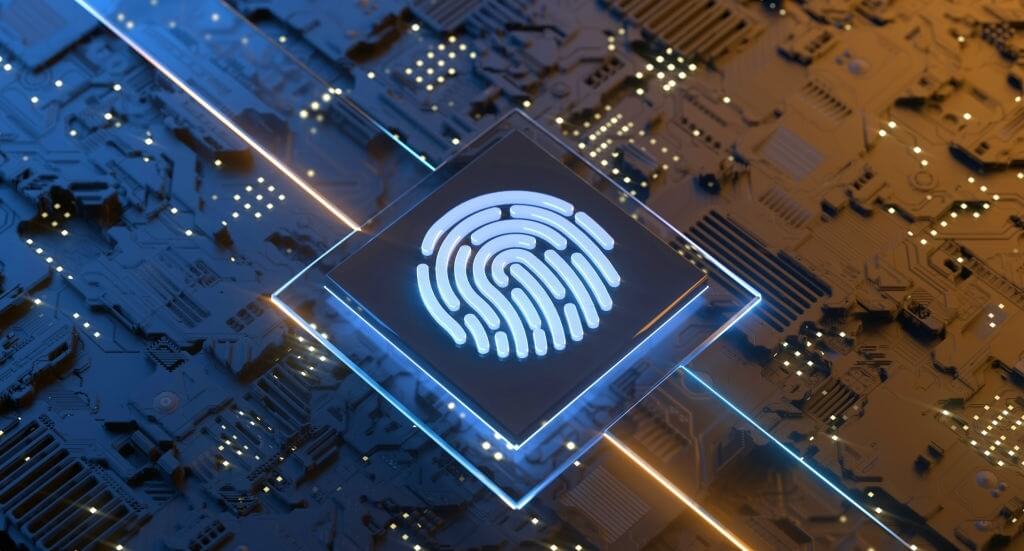Trends In Identity And Access Management
In today`s world data security is one of the key concepts which needs to follow very strictly by all organizations so as to not allow hackers to gain this sensitive data. Companies use various devices like routers, firewalls, and proxies to limit the interaction and to stop these hackers. Identity and access management are a concept that is used in these devices through which data is kept safe.
Identity and access management is known as IAM and through this, the companies can filter out how much access should be given to a particular user in the company.
What Are Identity And Access Management?
Various systems which are used in IAM are two-factor authentication, privileged access management, multi-factor authentication, and single sign-on process as well.
With IAM we can add or remove certain roles to a user and can easily track the users in the complex organization system as well.

The basic idea behind IAM is that the right person for the right job can access all the tools that are required for him or her. With IAM companies can only give certain access to one user and some privileged access to some users by creating various groups.
This helps in segregating users based on their designations and only allowing a handful of people to see the sensitive data thereby lowering the scope of data breaches.
Trends In Identity And Access Management
- Cybersecurity mesh – The earlier knowledge of the security model in an organization as if it is inside the organization then it is a trusted zone and if it is outside the organization then it is an untrusted zone.
However, this has been changed as most of the company’s assets are now in the open outside zone and cybersecurity will now be supporting more than 50% of all IAM requests as a mesh idea wherein some parts will be inside while some parts will be outside.
The IAM services will be outsourced to managed security service providers – As the company keeps growing and the IAM is virtual and accessed from remote locations as well it is becoming hard for the companies to keep up with this and will mostly be outsourced to service-based partners who are market leaders in managed security service providers (MSP’s).
- A decentralized approach for IAM – In today’s network the centralized approach is used for managing identity data however this provides to struggle in the following 3 areas: -assurance, privacy, and pseudonymity.
These 3 topics can be tackled by a decentralized approach known as blockchain technology which is widely adopted by many multinational companies.
- Adapting to Biometrics – Biometrics is playing a key role in the security industry and by the end of 2024, the biometric market will reach a valuation of 50 billion USD.
Biometrics like facial recognition, fingerprints, and retinal scans are rapidly emerging in the IAM sectors.
- IAM and Internet of Things (IoT) – With IoT, there increases a lot of need for IAM, and IoT has been accepted by many companies as this makes their processing and much other work very fast and reliable.
The common device which works on IoT which could pose a threat are smart bulbs, smart TVs, and security cameras and hackers can use these to gain access to the company’s network.
Hence more priority should be given to IoT devices under IAM as these are directly connected to the company’s internal network.
- Cloud and IAM – Cloud technology has numerous use cases as it provides flexibility and scalability to companies’ operations. By adopting the cloud companies don’t need to spend money on n extra hardware and workforce required to manage this hardware like servers and storage facilities as these can be purchased by cloud providers like Amazon and Google.
However, this also poses a risk and there should be cloud user access management software which is also called User Access Management (UAM) in place to track all the activities that are going on in the cloud.
The above points are the latest trends that can happen in identity and access management in the near future and the employees should be trained on how to use IAM for their benefit.